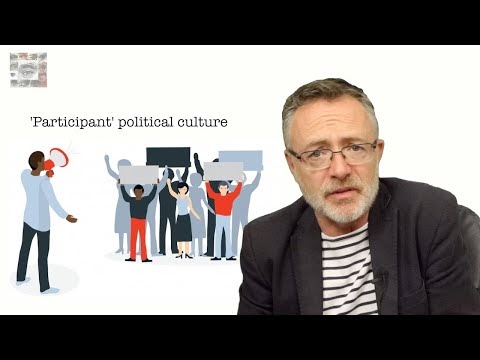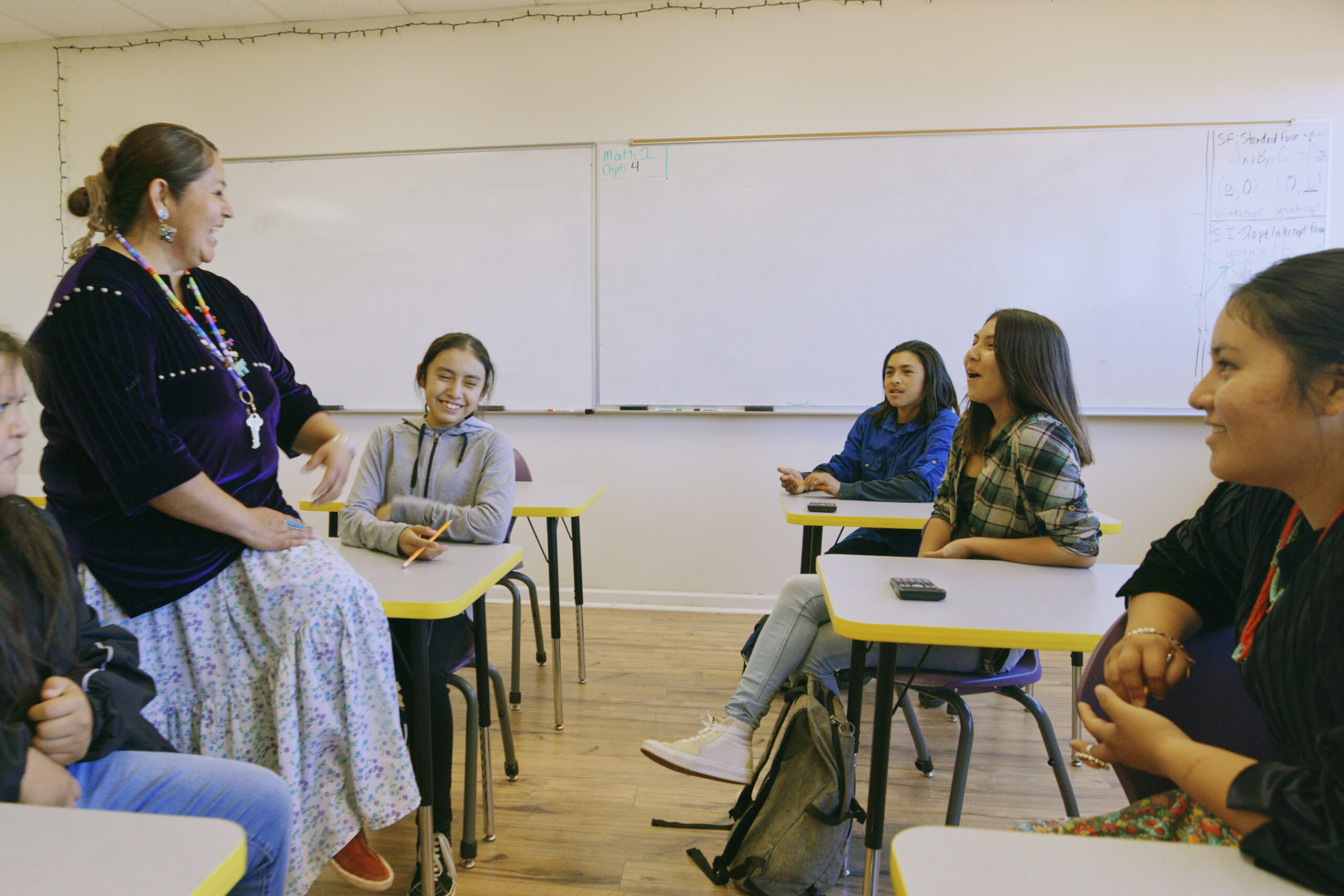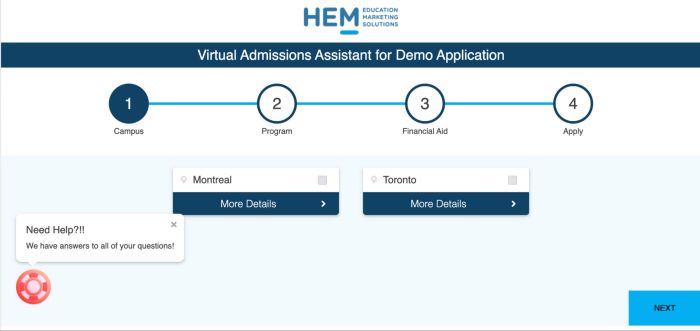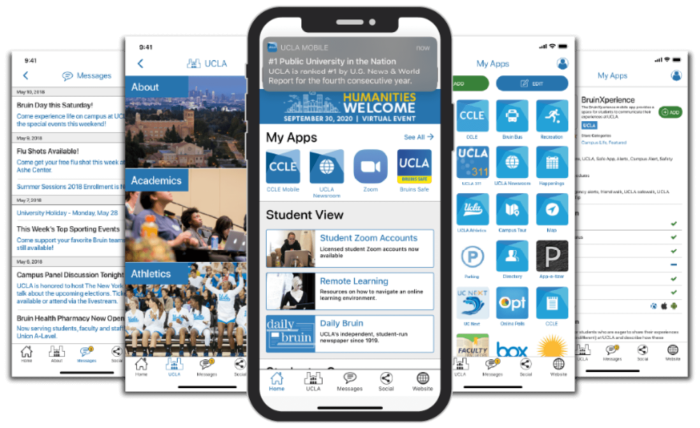I went along to AHUA conference on Tuesday, and saw a fascinating presentation from Esa Hämäläinen, who’s the Director of Administration at the University of Helsinki.
The university has easily one of my favourite origin stories – it was established by a 13-year-old girl who the world came to know as Queen Christina of Sweden.
It also has a cracking set of values, some of which appear now to be the sort of thing that’s banned by the Office for Students in England.
In 2015, under Prime Minister Juha Sipilä’s administration, the government announced a €500 million cut to higher education budgets in Finland.
That followed a previous €200 million reduction and included freezing the university index, which had adjusted funding based on inflation.
As a result, universities like the University of Helsinki had to lay off hundreds of staff – about 400 in the case of Helsinki.
There’s a lot of different ways of calculating staff-student ratios that often make comparisons problematic – but one of the things I was pondering on the train was how they are doing what they’re doing on an academic SSR of 22.2:1 – significantly higher than in the past, and significantly higher than the UK.
For the avoidance of doubt, I’m not searching for a blueprint on how to shed academic staff. But if cuts are going to rain down anyway, understanding how other systems work beyond “Oh look they have ECTS too” I think (hope) can help.
I say this partly because a lot of people I talk to are experiencing or implementing plain and simple “reduce the number of optional modules” strategies based on the efficiency of more/large/core – which most research suggests students don’t like, and I suspect is a probable cause of during and post-degree regret.
What’s fascinating is that rather than just accept the inevitability of a thinner student academic experience as a result of those cuts, the university evolved its Bildung philosophy to make a whole range of scaffolding changes to cope on fewer staff. And I’ve spent a long train journey trying to work out how.
They call a Twix a Raider
First some Twix/Raider basics. There’s 180 ECTS for a Bachelor’s degree, designed to be taken over 3 years. No difference to the UK there (unless we count Scotland) other than students can take longer to obtain those 180, supported via the maintenance system to do so – although universities across Europe are variously under government pressure/incentives to speed that up a bit.
It’s also worth noting that for various reasons, the average entry age for bachelor’s degree programmes in Finland is 24, compared to an OECD average of 22. We have (along with Belgium) the youngest freshers and the fastest completion times in the OECD. That we then beat Belgium on completion rates often causes me to reflect on whether that’s a sign of success or a signal of conveyor-belt trapping, a cause of mental health problems and a driver of lower of academic standards – but I digress.
What we’d typically call “modules” in the UK are referred to as “courses” in Finland. As for what we’d call a “programme” or “subject pathway”, it varies – but at Helsinki, undergraduate students complete two core “modules”, each comprising a collection of courses, one for “Basic” studies (what we’d think of as a UG first year), and one for “Intermediate” studies (what we’d think of as a second and third year).
These two modules are each awarded a single grade on a 1–5 scale, and it’s these two grades that appear on the student’s degree transcript.
So, instead of the UK-style baffling algorithm of final grades weighted in different ways across multiple modules, students in Finland receive just two key grades on their transcript – simple, succinct, and arguably more transparent, along with the pathways taken within them. Additionally, students can receive a separate distinction mark for their dissertation. A nice touch.
The University of Helsinki is Finland’s flagship institution – huge in size, high in status, and widely seen as the country’s de facto elite public university. And yet, intriguingly, there are only 32 undergraduate degree programmes on offer across its 11 faculties. Within each of these programmes, students have considerable freedom to create their own study path, but the structure is strikingly straightforward – 11 faculties, 32 programmes, no sub-departments, and no sprawling web of hundreds of “course” leaders.
That also means 32 academic communities, with 32 academic societies that students join to get support from eachother and engage in things – a nice size that avoids having to find 1500 course reps or trying to sustain a meaningful single student community from 40,000 students – all supported by 32 sets of student tutors, of course.
The mother of all science
Let’s take Philosophy as an example. To complete the degree, students have to earn 90 ECTS credits in Philosophy-specific study, 75 elective credits, and 15 from general studies. That structure encourages both specialisation and breadth.
Oh, and a quick technical note – the standard assumption in Finland is that 1 ECTS credit represents 27 hours of student effort. In the UK, by contrast, it’s 20. The reasons are dull and bureaucratic (that didn’t stop me working out why) but worth bearing in mind when comparing intensity.
First it’s worth digging into the 90 credits earned in Philosophy. These are split into two main “modules” – Basic Studies (30 credits) and Intermediate Studies (60 credits). As I said earlier, the former corresponds to first-year study, and the latter covers second and third year.
The 15 credits of general studies are interesting. 2 credits are awarded for a reflective planning exercise where students work with an academic to design their personalised study plan – a kind of “choose your own adventure” approach that signals a departure from spoon-feeding from day one. That’s assessed on a pass/fail basis.
There are also three credits for digital skills training, delivered via self-study – two credits within the Basic Studies and one within Intermediate. Again, this is assessed pass/fail and serves both to build capability and to ensure students are confident in using the university’s largely self-service systems.
Then there are 10 credits dedicated to communication and language skills. These span both written and oral communication, include components in both Finnish and Swedish, and feature academic writing training – often completed in groups. All of this is, again, pass/fail.
What I find interesting about these is a recognition that designing a bespoke study programme (that can change over time), along with IT and communication skills, are really about becoming a student – here they are recognised as taking actual time.
In the Basic Studies module, students take six standard “intro to…” courses worth 5 credits each. These are relatively straightforward in design, delivery, and assessment. Each course is normally assessed via a single exam, although in most cases students can opt to complete coursework instead.
In each degree programme, 60 subject-based credits – what we’d call second and third year content – then form the Intermediate “module”. Of these, five are allocated to the thesis (dissertation), while the remainder is typically made up of 5-credit courses, offering students considerable choice and customisation.
To move into intermediate, there’s a 0 credit “maturity” assessment so students aren’t moving there until they’re ready. Then of the 60 Intermediate credits, 30 are structured as follows. 5 credits are awarded for a proseminar, which functions like a structured, small-group academic workshop:
At the beginning of the course, students are given a review of the basics of academic writing and how to critically review and oppose an academic work. How to formulate a research question is discussed and advice is given on how to obtain source material. The student is then expected to formulate a research question in the form of a short abstract which is then reviewed and discussed by the teacher and other students. Then a period of research and essay writing takes place where the opportunity for supervision is given. At the end of the course, the student must present an essay for review by an opponent and oppose another student’s essay.
5 credits are for a Candidate intuition seminar, and that looks like this:
At the beginning of the course, students receive a refresher course in the basics of academic writing and how to critically review and oppose an academic paper. At the beginning of the course, there is also a discussion on how to formulate a research question and participants are given advice on how to obtain source material. The student is then expected to formulate a research question in the form of a short abstract which is then reviewed and discussed by the teacher and other students. This is followed by a period of research and essay writing where opportunities for supervision are provided. At the end of the course, the student must present an essay for review by an opponent and act as an opponent in the processing of another student essay.
Then as well as the dissertation (thesis) itself there’s 5 credits for a compulsory internship (pass/fail) and 5 credits for preparing to apply what you did on your degree to the world, and that looks like this (also pass/fail):
This gives the student the opportunity to independently explore the individual, growing competence that the degree provides and the importance of competence in a changing society and working life. The aim is for the student to become familiar with and reflect on the ways in which the unique competence provided by studies in philosophy, in collaboration also with studies in other subjects, which the student has chosen, can be relevant to our lives, to working life, society and the world.
It can be completed in various different ways, in consultation with the responsible teacher – collaboration, independent studies and observation and reflection tasks related to other modules. An e-portfolio or course diary can also be included.
And then finally there’s a 5 credit compulsory, and in Philosophy that’s a classic module on History of Philosophy.
For the other 30 credits of Intermediate there’s then a collection of “classic” academic modules again, often in pathway clusters.
So via the 60 “subject” ECTS points and the 15 “general studies” ECTS points, that’s 105 ECTS accounted for. And here’s the thing. The 75 left are acquired by picking the sort of stuff I’ve talked about above, but they must be from other degree programmes!
That means that a Philosophy student that wants to do the basics in statistics or whatever can access what might be regarded as another course’s core modules. That obviously means a large amount of interdisciplinary stuff happening, with quite a lot of interesting student mixing happening too. It also means that the “courses” are highly efficient.
Oh, and also if you do Erasmus, or learn skills at work, or as a volunteer, or whatever…
You can receive credit for studies you have completed at higher education institutions either in Finland (universities, the National Defence University, and universities of applied sciences) or abroad. The studies must have been successfully completed.
You can also get credit for skills you have acquired in working life, positions of trust or hobbies, for example. In this case, we are talking about skills acquired in a way other than formal education.
A time for reflection
At this point down the rabbit hole I see small, simple-to-design and simple-to-assess academic modules (without having to cram in 100 agendas), plenty of pass/fail credit (less grading means less pressure for everyone), and lots of focus on choice and independent study. And an actual recognition that skills development matters without it always having to be crammed into optional activity students don’t have time for, or academic modules.
Just a note on grading. One of the things happening here is that grading itself is less complex (5 is Excellent, 4 is Very good, 3 is Good, 2 is Satisfactory, 1 is Passable and 0 is Fail), there’s less of it to do in general, and the ability to re-take assessments in a funding system that allows for setbacks reduces the need for extenuating circumstances and extensions and so on – so the stakes are less high, less often.
So broadly what I take from it all is:
- The hidden curriculum is less hidden
- Academic staff have a simpler life
- The credit system overall creates rounded graduates
- The design reduces unnecessary pressure on students
- Some of the credit prepares students for graded credit instead of it all being graded
- There are lots of personalisation options
- There’s a much more meaningful degree transcript
- There’s more assessment choice
- There’s less pressure to get students through at top speed
- There’s less high-stakes assessment in general
- There are “millions” of potential (what we would call) “programmes” without the coordination overhead, walled gardens and spoonfeeding of (what we would call) programmes
- There’s less traditional academic “teaching” going on here, but what there is is more efficient and more straightfoward
Crucially, lots of the modules I’ve seen are from research-active academics – whose research area probably wouldn’t sustain a whole “programme” in our systems – but whose little chunk of credit sits neatly and sustainably in this system.
So what could my little GWR trip down that a Finnish rabbit hole all mean?
First of all, if I was the higher education minister (haha) I’d require there to be no more than the number and titles of QAA’s subjects in its benchmark statements as the degrees on offer as a condition of access to the loan book.
On the emerging unit of resource, it’s going to end up impossible to innovate if not – getting new programmes approved will always be based on what marketeers think will “sell” – and doing simplifying in this way would force more “choose your own adventure” without the overhead of running and marketing a “programme”. I also take the view that saying to a student on an Open Day that there will be quite a bit of elective choice – when everyone internally knows that a lot of the choice will have gone by the time the VR round is done and that student is in their third year – is pretty immoral (and almost certainly unlawful).
In addition, I also suspect the “choose your own adventure within some parameters” approach would reduce some of the regret we see in the UK. Even if students enrol with a strong disciplinary orientation (partly because of the ridiculous specialisation we force onto students at Level 1-3), a topline reading of the Bristol “regret” research is that either during or after the degree, students clock how unhelpful the UK’s obsession with narrowing is. (There’s no equivalent “regret” question in the Finnish NSS, but lots of interesting stuff that suggests less regret nonetheless.)
You’ll have seen that much of the credit is about what we might generically call study skills – via our Belong project, we have unpublished national polling evidence (that will be on the site soon) that suggests that in general, students often regard what is on offer in the UK as too generic, and when it’s optional and non-credit bearing, other demands on their time tend to win out. This appears to be a system that has solved some of that.
The rattle through above, by the way, was me diving into a Philosophy degree – but even in subjects where we might usually expect to see a more programmatic approach via more compulsory modules, structures and weighting aren’t hugely dissimilar – here’s the generic Bachelor’s in Science, for example.
Plenty of the “choice” on offer is about both a dissertation and extra credit in the run-up to said dissertation – where there isn’t teaching on the thing the student wants to study per se but students can access academics who might be research-active in that. And some of the other choice options are doubtless constrained by timetable – but that’s eased somewhat by some of the credit being acquired “centrally”, some in self-directed mode, and a maintenance system that allows the average duration to be over 3.5 years. Clash? Take it next semester.
Ultimately what I’m struck by, though, is the simplicity of the whole thing – which is not obvious on first look. I’m not saying that it’s simple to design the study plan or to even visualise the whole degree (either by diving into the website or reading this account), but I am saying that a lot of the tasks carried out by students or academics are simpler – where the focus is on academic learning and development (with quite sophisticated pedagogical research, innovation and support) rather than endless assessment, complex degree algorithms and multiple agendas.
To the extent to which you can see a graduate attributes framework here, it’s delivered via multiple types of credit acquisition, rather than every attribute being loaded into every fat module.
What is, though, absolutely undeniable is that a Chemistry graduate in this system has done less… Chemistry. Maybe the Royal Society of Chemistry (and all of the other PSRBs) would have things to say about that. But they’re nonetheless demonstrably rounded graduates (without a lot of the rounding depending on inaccessible extracurriculars) – and in a mass system, how many Bachelors graduates all need as much Chemistry individually anyway?
Put another way, if a dwindling number of students want to study just Chemistry, and this system sustains a large number of Chemistry modules that are available both to those who do and those and don’t, isn’t that better for society overall?
























